5 questions for … André Tavares – Transforming the world
in English / Interview: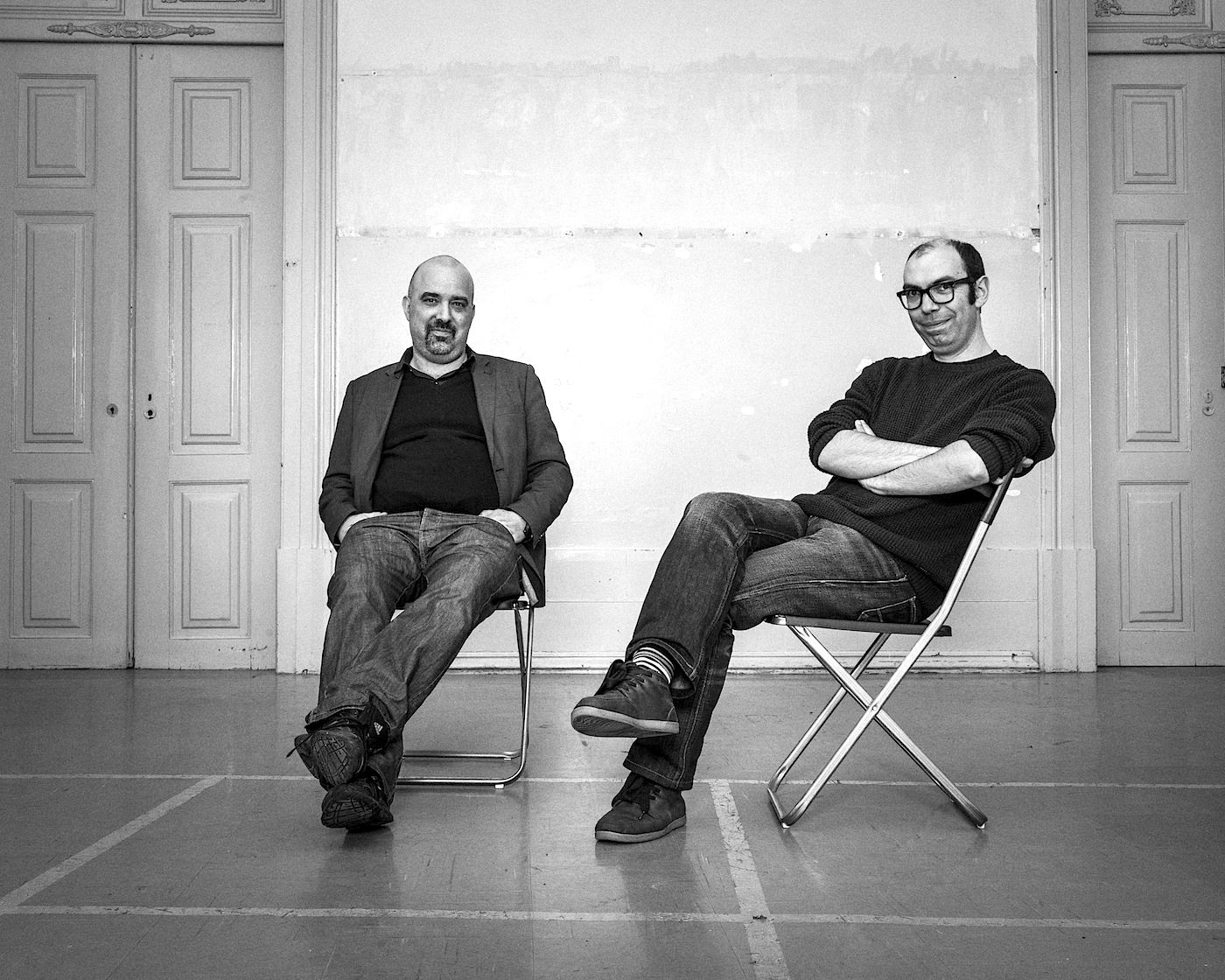
»The most evident side of architecture is its visual output, thus the title ‘The Form of Form.’ Nonetheless, we know and we want everyone to have no doubt, that every form encompasses a myriad of matters that concern every aspect of our lives, from environment to labour.«
André Tavares, architect and curator

Diogo Seixas Lopes (left), André Tavares
Portuguese architect and Lisbon Architecture Triennale chief curator Diogo Seixas Lopes has died this year aged 43 – months before the fourth edition of the architecture event he was curating alongside Portuguese architecture critic and editor André Tavares.
1. Please describe the history and concept of the Lisbon Triennale.
The Triennale was founded in 2007 to welcome in Lisbon a lively discussion and exchange on contemporary architecture. Through its several editions the event has evolved, focusing on housing in the 2010 edition – "Let’s Talk About Houses" – curated by Delfim Sardo – and on the growing expansion of the architectural field in its 2013 edition – "Close, Closer" – curated by Béatrice Galillé. Being a moment of disciplinary exchange and debate amongst practitioners, from its inception the Triennale has gained a big deal of attention by wider audiences. Hence, its role of bridging the ongoing interests of architects with the curiosity and expectations citizens have regarding the ways architecture can affect their lives.
2. What is this year's focus of the event and what is the explanation for the title "The Form of the Form"?
The focus is architecture! In the past years a new generation of architects has been developing and moving forward to foster the quality of architectural design with powerful ideas and instruments. Despite this trend, architecture is being cornered by other fields of activity, from finance to fire regulations. As a result of the pervasiveness of these specialized fields our environment is increasingly designed by lawyers rather than by citizens. Our goal is to bring together an array of bright young architecture professionals and foster conversations that enhance their potential to bring back architecture as a main field of knowledge. We want to state that architecture is able to conduct our environmental design and synthetize the requests of more specialized fields of knowledge. The most evident side of architecture is its visual output, thus the title "The Form of Form." Nonetheless, we know and we want everyone to have no doubt, that every form encompasses a myriad of matters that concern every aspect of our lives, from environment to labour.
3. Please describe the developments of architecture in Lisbon and the country in the past years in terms of innovation, charisma etc.
Portuguese architecture has reached an incredible status and output with figures as relevant as Alvaro Siza and Eduardo Souto de Moura. This immense quality has fostered a generation of talented professionals recognized throughout the world. Sadly, the European austerity policies have given a huge blow and made strong damages on many aspects of Portuguese society, and the lack of construction has forced too many young and bright minds to emigrate. Those who stayed in Portugal strive to preserve a unique architectural knowledge, but how to preserve knowledge without practice? This brings us to the paradox of the blossoming tourism in Lisbon and Porto, an escape economy found recently and that meant a possible outcome for many architects. So far, tourism is representing a survival strategy, and is allowing the preservation (and often the destruction) of city centres. But is Portugal and Portuguese architecture to be solely the vacation resort for rich European countries?
4. As an architect with your own practise: what is your approach to architecture in general? Please pick 2-3 projects that shows your philosophy.
The Malagueira housing project Álvaro Siza developed from the mid-70s until the late 90s might be the most accurate example of my own architectural interests. It is a gigantic humble and coherent area that expanded the urban qualities of Évora. Its formal qualities resonate with a cultural perception of local construction as well as dialogue with the abstract quality of modern legacy. Its construction is as simple as required to match the absurdly tight budgets of state supported housing but stands for a quality and a charisma matching the highest cultural standards. The intelligence of its design brings together the rationale of mathematics and the playfulness of kids' toys.
Another design that always stroke me are Palladio's villas. Their systematic combination of elements generates the most intriguing perspectives over the Véneto landscape. They form the landscape while they allow us to discover it differently. They subdue their aristocratic history to become unique architectural experiences, somewhere between a religious space and the most vulgar house.
Diogo wrote a book on San Cataldo cemetery, by Aldo Rossi, Melancholy and Architecture. It is a powerful reading about the success and failures of architecture.
5. Where is your favourite spot in Lisbon and why? Your favourite location abroad?
I love the Graça terrace, two steps away from the Triennale headquarters. The coldness of its beer matches the warmest sunsets, the view of the urban fabric in dialogue with the prevailing geography, exposing the never-ending narratives of lives within the city. I still have to discover my favourite location abroad.
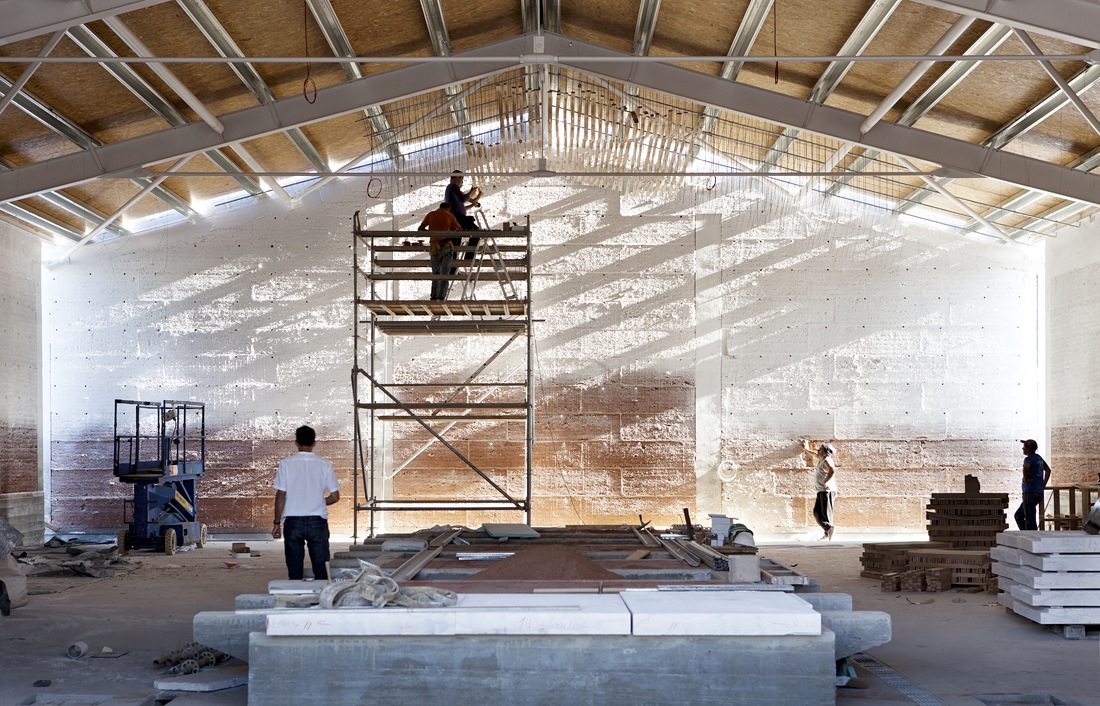
By SKREI
Part of the exhibition „Building Site“: projects by SKREI, founded in 2009 in Porto by Pedro Jervell and Francisco Adão da Fonseca. SKREI has worked closely with the local wine industry, like the winery and oeno-tourist centre at Herdade do Esporão.

Exhibition "Building Site"
Venue Calouste Gulbenkian Foundation, Av. de Berna 45 A, 1067-001 Lisbon
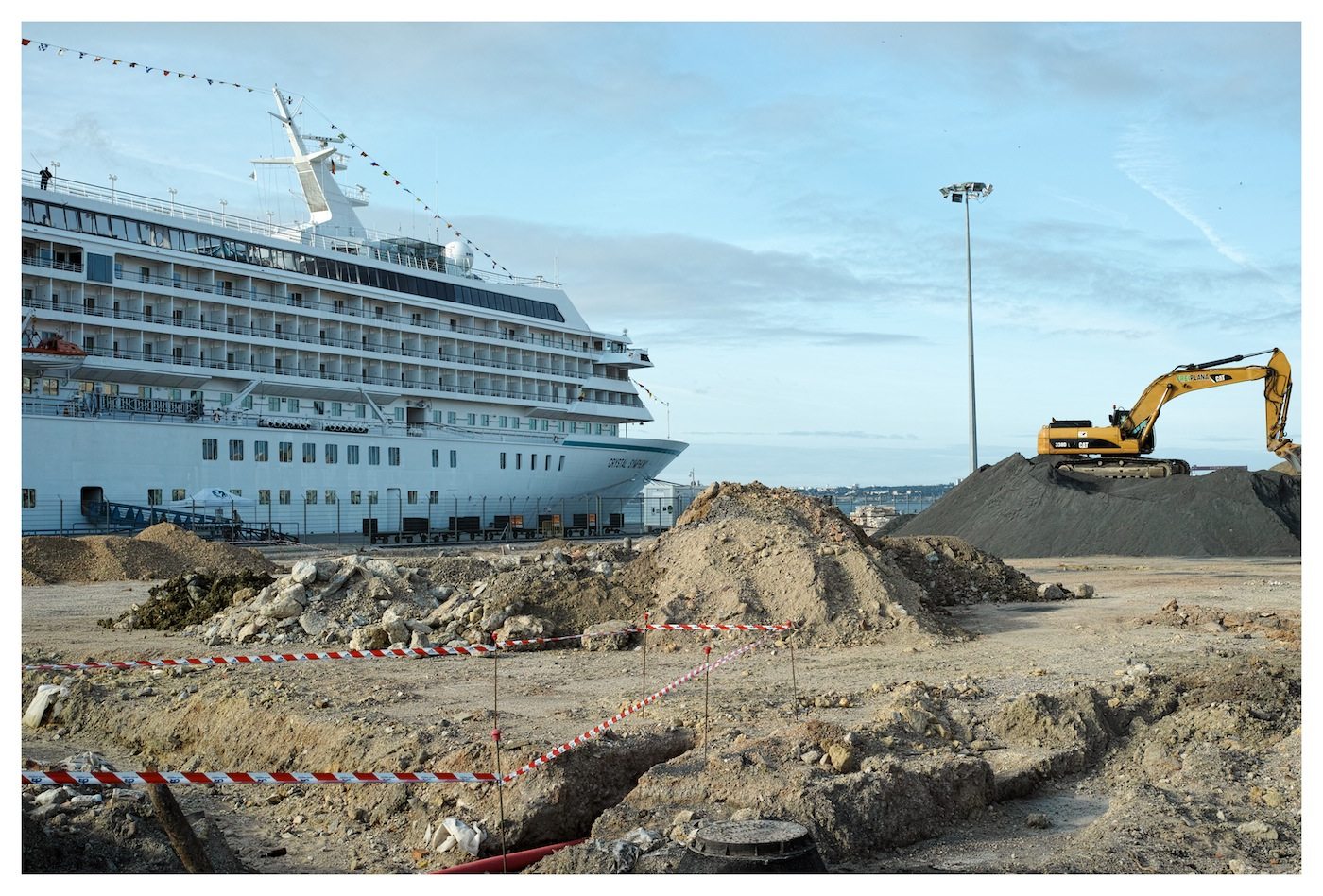
Lisbon
The transformation of the Portugese capital is part of the discussions and exhibitions of the Triennale.
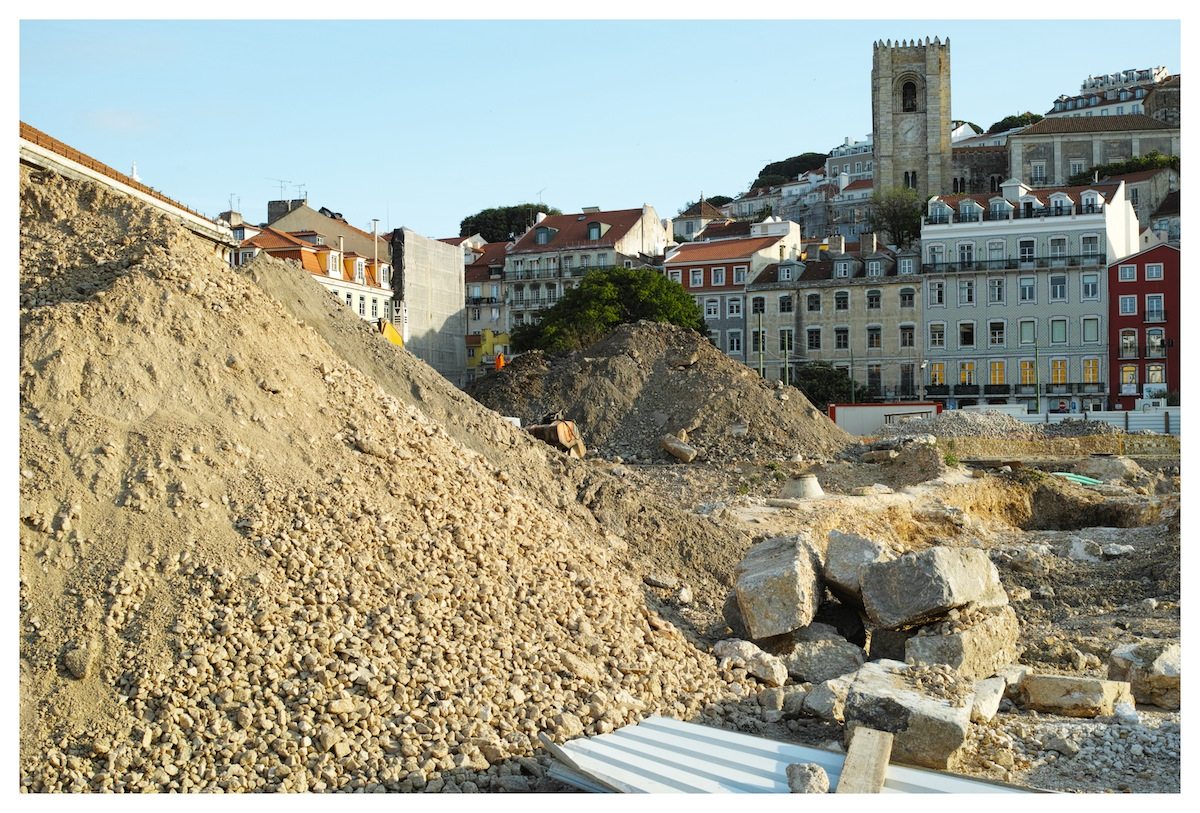

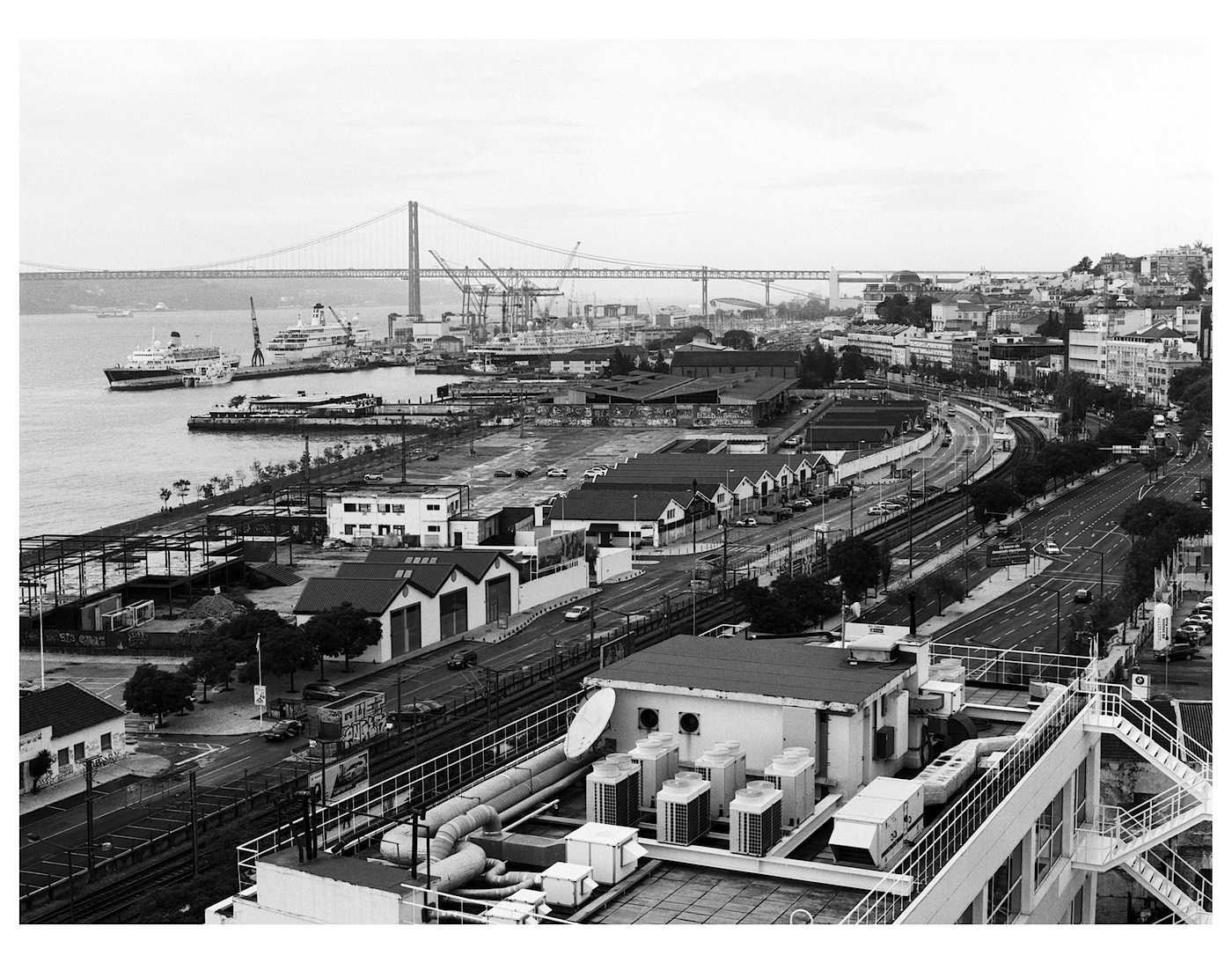
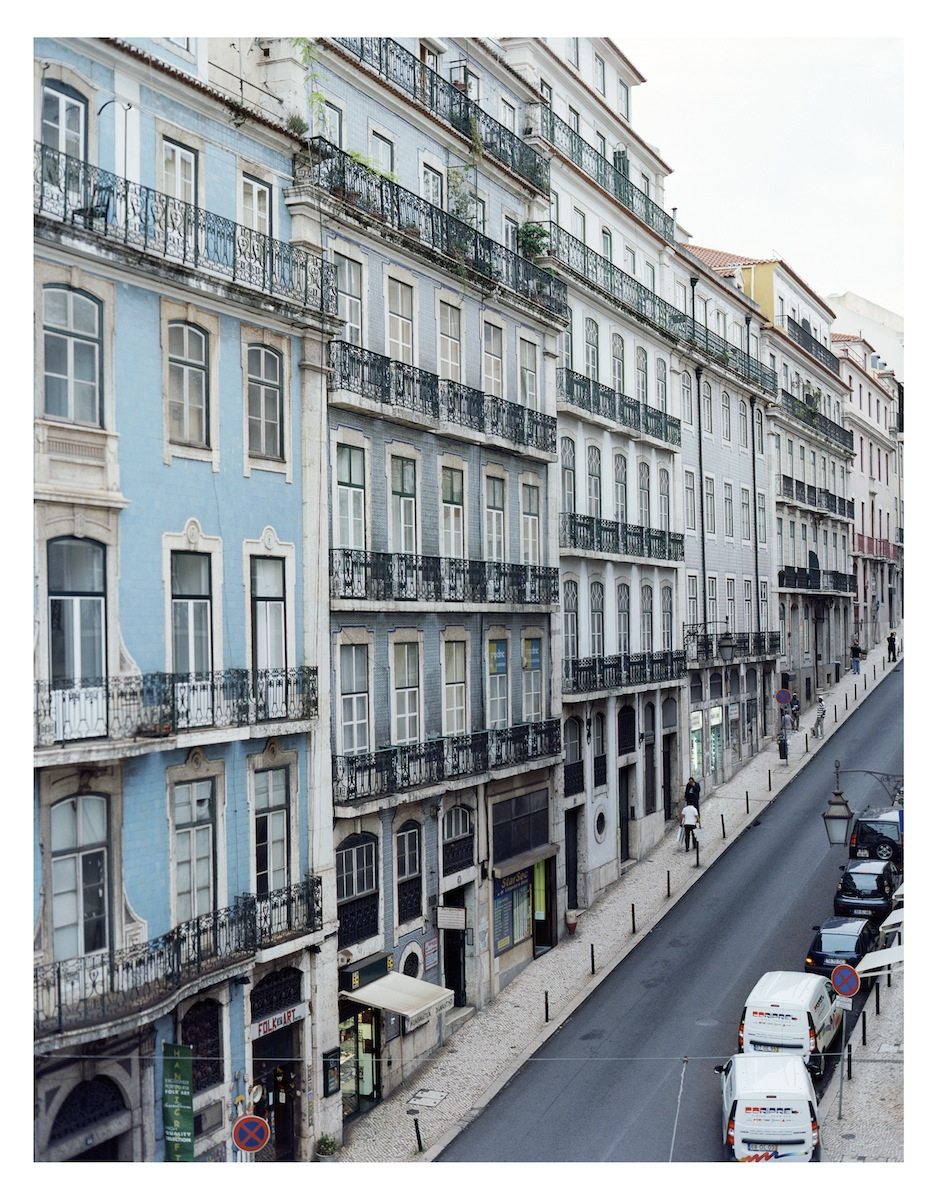

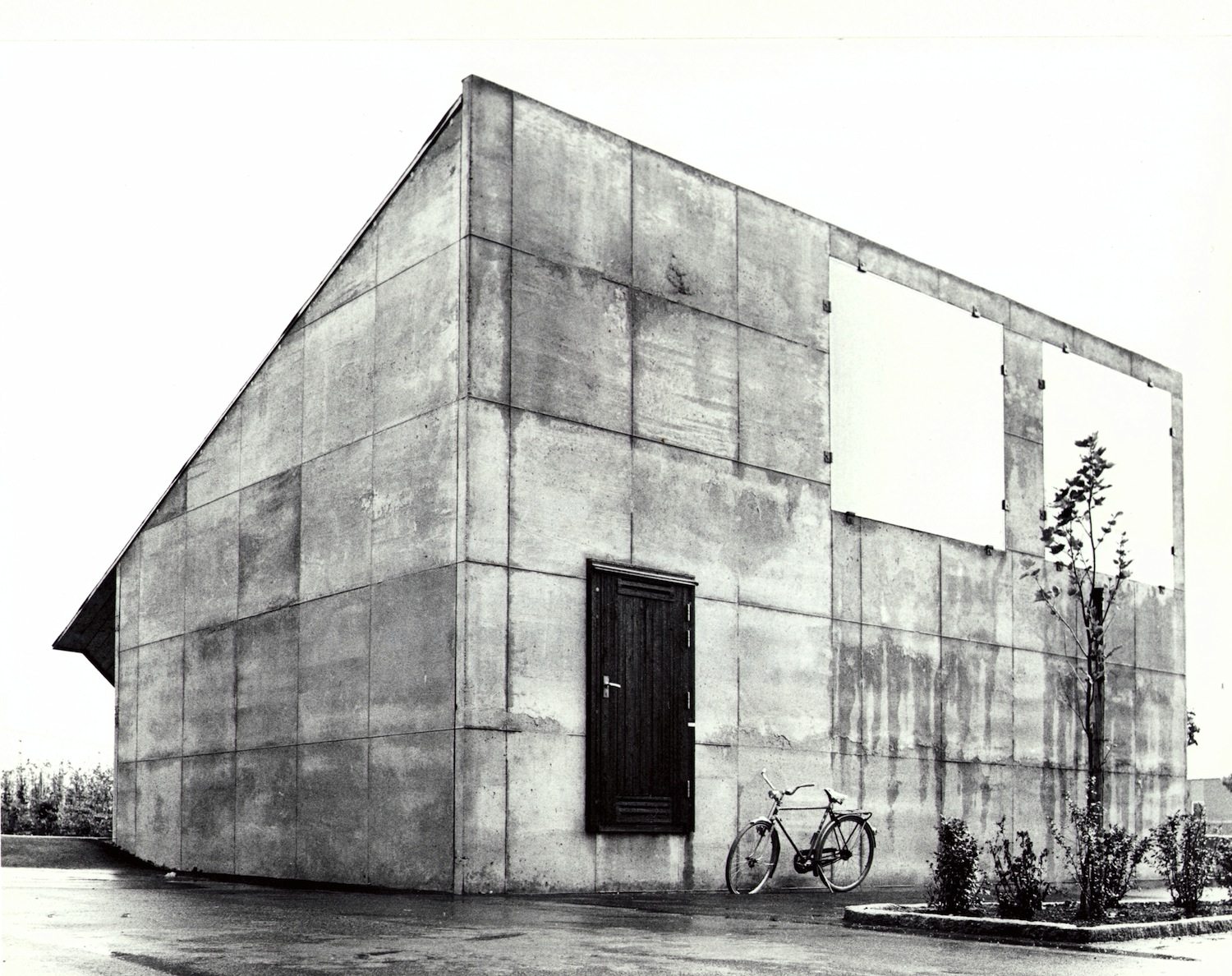
The Form of the Form
Exhibition at MAAT, Av. de Brasília, Central Tejo 1300-598 Lisbon
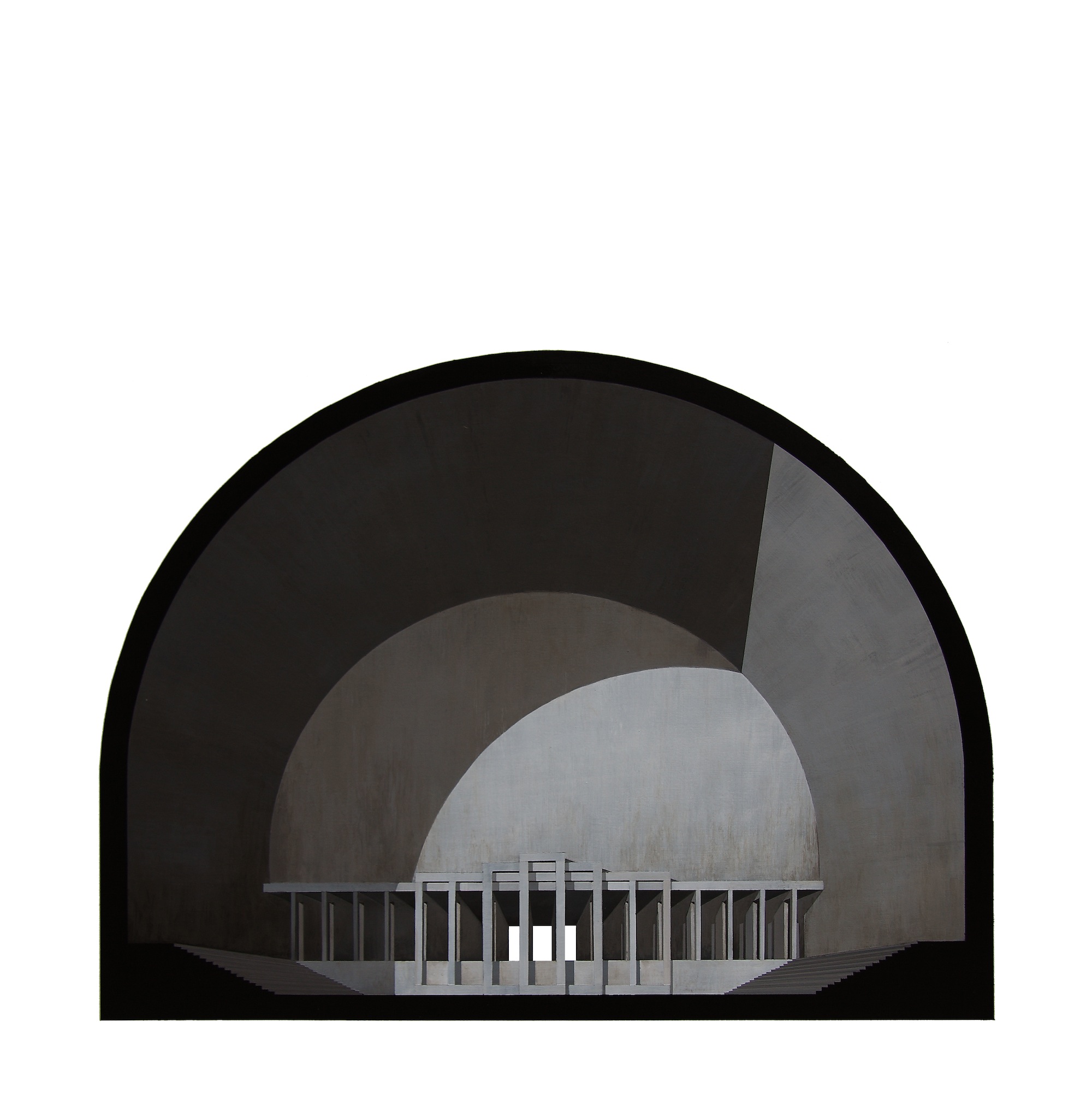
The Form of the Form
Exhibition at MAAT, Av. de Brasília, Central Tejo 1300-598 Lisbon
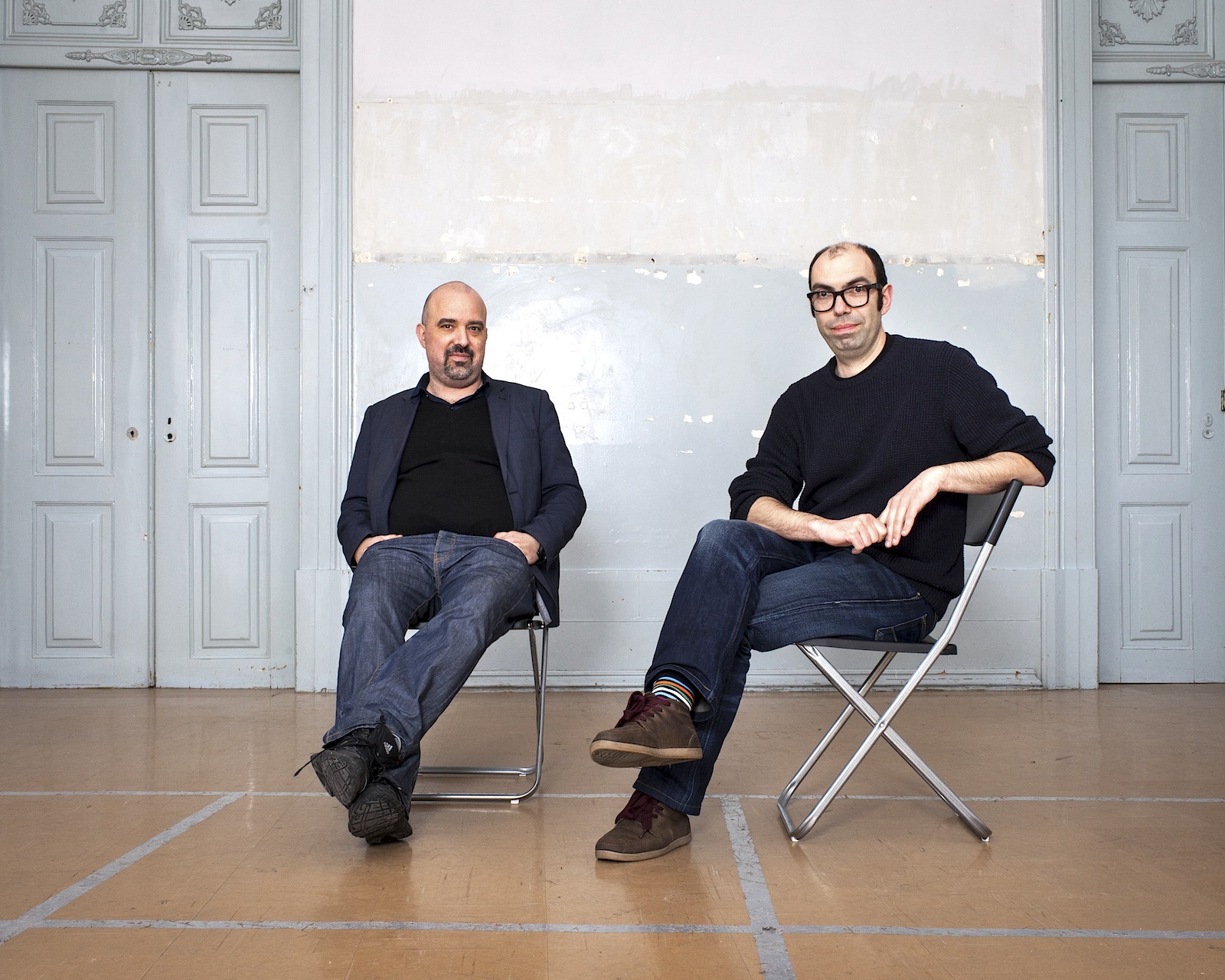
The curators of the Lisbon Architecture Triennale
Diogo Seixas Lopes (left, 1972–2016) and André Tavares.
Barbas Lopes Arquitectos
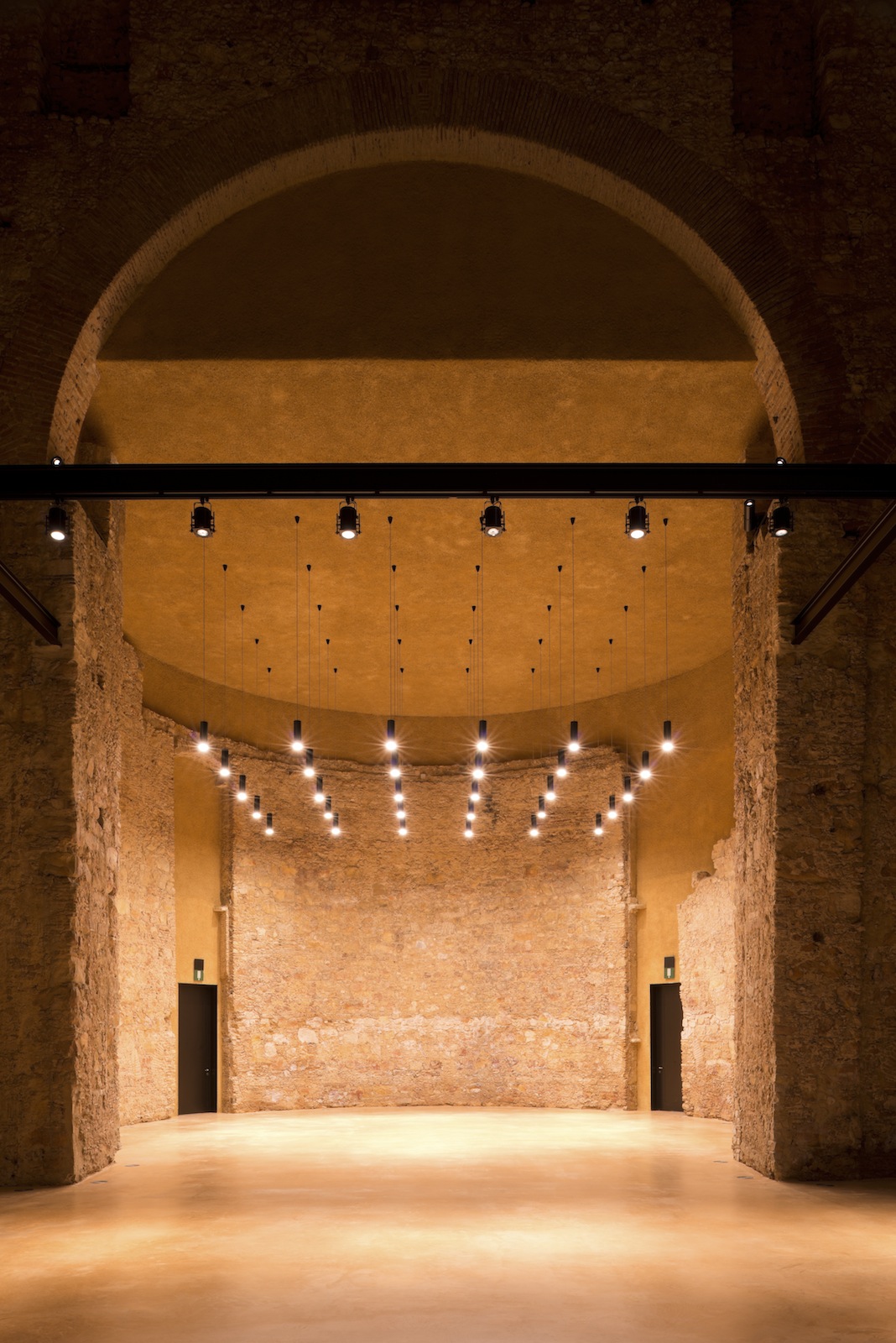
Thalia Theatre, Lisbon, 2008
Together with Patrícia Barbas, Diogo founded the Barbas Lopes Arquitectos architectural firm, which collaborated with Gonçalo Byrne on the conversion of the Thalia Theatre in Lisbon.
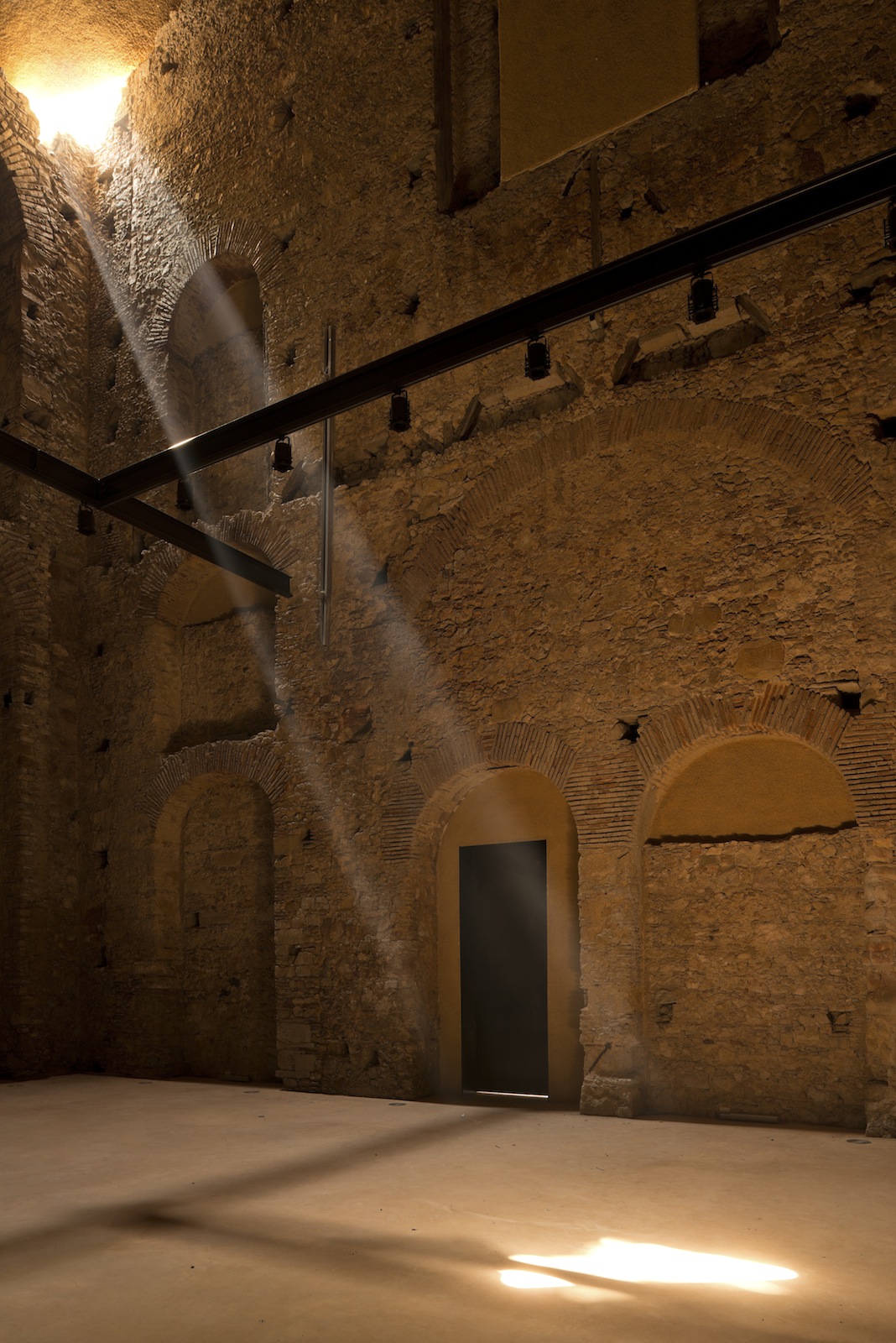
Thalia Theatre, 2008
By Gonçalo Byrne Architects & Barbas Lopes Architects
Lisbon Architecture Triennale: The Form of the Form
Address: Triennale’s HQ, Campo de Santa Clara 142-145, 1100-474 Lisbon. +351 213 469 366. trienal@trienaldelisboa.com. 5 Oct–11 Dec 2016, Opening Week: 5–9 Oct 2016.
The Triennale
The Lisbon Architecture Triennale is a non-profit association with the mission to examine, foster and promote architectural thinking and practice. It holds a major forum every three years for the debate, discussion and dissemination of architecture across geographic and disciplinary boundaries. The first Triennale, Urban Voids, took place in 2007 presenting a programme of international exhibitions, competitions and conferences. In 2010 the second edition, Let's Talk About Houses, consolidated the Triennale's presence on the circuit of events devoted to architecture. With its third edition, Close, Closer, in 2013, the event consolidated its international projection and recognition. In addition to its main event, the Triennale also organizes the Critical Distance conferences, which have brought to Lisbon major names in the world of architecture in the previous two cycles. Furthermore, it also organizes Open House Lisboa and Open House Porto (together with Casa da Arquitectura), two events that open the doors to the best architecture in these cities for one weekend per year. At its headquarters at Palácio Sinel de Cordes the Lisbon Triennale organizes and hosts a range of other events, which constitute the palace's cultural programming. Each edition of the Lisbon Architecture Triennale is distinguished with the High Patronage of His Excellency the President of the Portuguese Republic. The Triennale has also enjoyed the Public Utility status since 2013, and was recognized by the Ministry of Culture in 2010, as an event of Cultural Interest.
Previous Editions
2013 Close, Closer. 2010 Let's Talk About Houses. 2007 Urban Voids
Diogo Seixas Lopes
1972–2016. He obtained his degree in architecture at the Technical University of Lisbon and also had a PhD from the Swiss Federal Institute of Technology of Zurich. His book publications include "Melancholy and Architecture. On Aldo Rossi" (Park Books, 2015). Together with Patrícia Barbas, Diogo founded the Barbas Lopes Arquitectos architectural firm, which collaborated with Gonçalo Byrne on the conversion of the Thalia Theatre in Lisbon. Amongst other ongoing projects, the studio is currently working on the design of a 17-storey building in the centre of Lisbon. The firm's work was nominated for the Designs of the Year 2013 and Mies van der Rohe Award 2013.
André Tavares
Born 1976. Has been running Dafne Editora since 2006, exploring publishing as a form of cultural and architectural practice. He holds a doctorate from the University of Porto's Faculty of Architecture (FAUP), where he completed his thesis on the presence of reinforced concrete in architects' design strategies in the early 20th century in 2009. Based on his research in Mendrisio, Paris and Sao Paulo, André has published several books addressing the international circulation of knowledge amongst Portuguese-speaking architects, including Arquitectura Antituberculose (FAUP-publicações, 2005), Os fantasmas de Serralves (Dafne, 2007), Novela Bufa do Ufanismo em Concreto (Dafne, 2009) and Duas obras de Januário Godinho (Dafne, 2012). His last book, The Anatomy of the Architectural Book (Lars Müller, 2015), explores the connections between book culture and architectural practice (ISBN 978-3-03778-473-0).